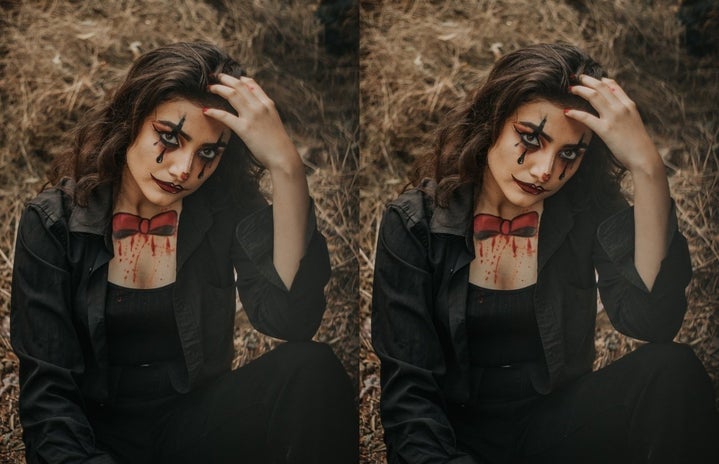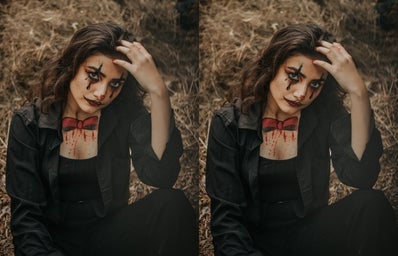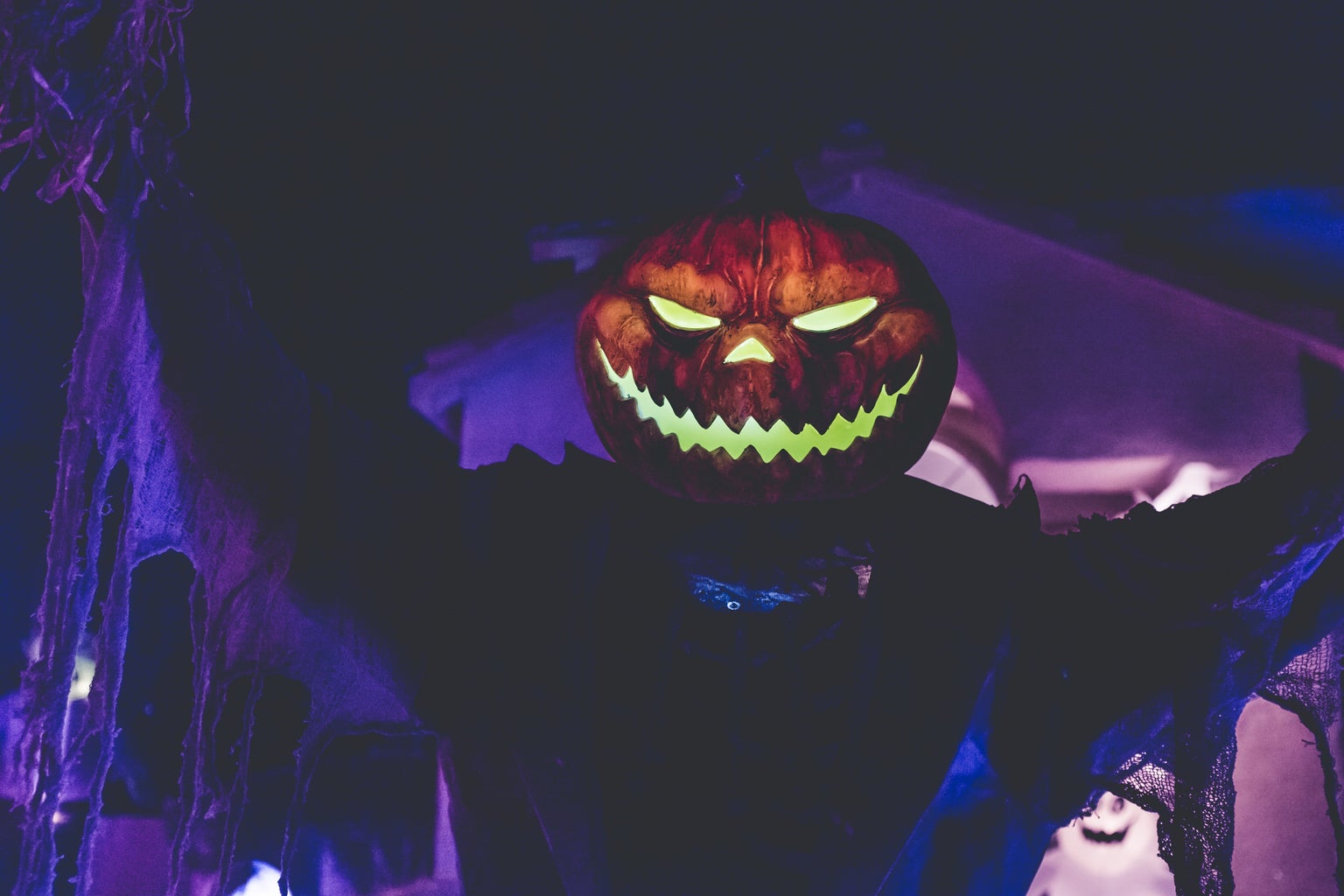Come October, as the leaves turn copper and the wind gently howls through the streets, it is always so exciting to experience the resurgence of horror films’ popularity. I absolutely adore scrolling through Netflix or regular cable and seeing a wide array of classic horror movies either highlighted or already on when I’m flipping through channels. It is one of my favorite parts of the Halloween season, but as I’ve grown older and more conscious of media influences, I have also grown far more aware of the “final girls” trope that is prevalent in horror films.
This trope can be seen in films (particularly slashers) in which a killer methodically disposes of victims until only one girl is left to either be saved by an authority figure, ensure her own escape, or even defeat the villain once and for all. On its face, this trope can seem progressive and feminist, as it involves a woman having a long character arc and getting to face-off with the antagonist — both trends that are usually not prevalent in classic cinema. However, upon further examination, horror movies that use “final girls” almost always use them in a way that is steeped in misogyny and reinforces gender stereotypes, making them anything but progressive.
Some of the most prominent “final girls” are characters like Sue Snell from Carrie, Nancy Thompson from Nightmare on Elm Street, and Sidney Prescott from the Scream franchise. All of these girls, and almost every other final girl in cinematic history, is white, virginal, and very conventionally attractive. They are usually popular, prim, and don’t engage with substance abuse or sexual activity. In other words, they are exactly the stereotypical kind of girl that the media and our culture often lauds and highlights. The “final girl” trope reinforces the idea that these girls are the ones we should be cheering for, the ones we should identify with, or even the only ones that deserve to live. This trend is thus clearly very damaging, as oftentimes girls in horror films who do not fit the beauty standard, who are sexually active, or who are not “good girls” get brutally violated and murdered, with no kind of character arc or depth at all before their demise. Within the scope of the film, these unconventional or “wild” women have no value and are unimportant, only fit to be collateral damage within a story about a pure, pretty final girl winning the day.
Now, of course, this trope exists in fictional, dramatic films about maniacal killers or supernatural monsters, very dissimilar from the real world in which we live. However, we all know how deeply and powerfully media can influence real life, and how stereotypes and trends that are perpetuated on-screen can infiltrate the minds of impressionable young people with ease. Because of this, I believe that it is very important that we watch horror movies with a critical eye, as the message that it spreads to young women can be irreparably harmful.
Women do not need to be virgins to be worthy characters. They do not need to be conventionally pretty to be rescued from a killer. Women who are deemed strange, slutty, or ugly by society deserve to live free of those titles, first of all, but second of all, they deserve to be stars in movies, to have meaningful characterization, to live until the end, and have a “happily ever after.”
Horror movies are often full of hidden meanings and rife with symbolism, created with artistic prowess and hard work. They are usually reflective of the society in which they are made, very haunting, beautiful, and emotionally affecting, but also often just plain fun to watch. I will certainly continue to enjoy horror movies during this October as well as all the ones to come, but I will also be watching classic “final girl” films with critical regard to how regressive and damaging their messages can be if internalized.
For this reason, I will also spend this fall looking for horror movies that are created by women or star women of diverse identities, demeanors, and conventionality. There are certainly scary films that are reflective of the worth of all different kinds of girls, not just the ones society traditionally celebrates, and that also allow looked-down-upon women to be the heroines.
Those are the films that I would love to be terrified by this Halloween season!
Want to keep up with HCBU? Make sure to like us on Facebook, follow us on Instagram, check out our Pinterest board, and read our latest Tweets!




